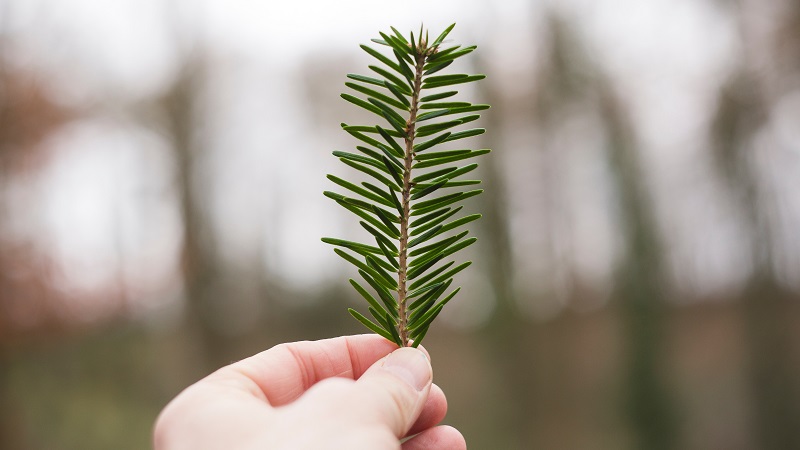Not a single day goes by without the acronym ‘ESG’ being mentioned in emails, press releases, social media posts, or even in conversation – back when those used to happen in person or, now, virtually.
From wanting to slow down and stop the disastrous consequences of climate change, to creating a more sustainable future for the next generations, many are the reasons for people choosing to go ‘green’.
Reusable coffee cups, compostable bin bags, sustainable toothbrushes – you name it, there’s probably a more eco-sensitive alternative available.
And the same has happened with people’s money.
Just a few years ago, environmental, social and governance (ESG) investments were seen as a ‘trend’, or at least one of many.
But now, living through one of the biggest climate emergencies and a global health crisis at the same time, in tandem with a greater-than-ever push for social justice and equality across the world, the word trend doesn’t really cut it anymore.
According to analysis by Bloomberg, some $38trn will be invested in ESG assets by the end of the year which is then forecast to hit $53trn (£39trn) by 2025.
Clearly people, regardless of age, gender, ethnic background, or nationality, are all recognising the need to fund and invest in change, the positive kind.
Pension and life companies recognising green preferences
Numbers don’t lie, ESG is set to become one of the biggest asset classes in the next few years.
And with people now being able to make an impact, whether big or small, with a simple touch or click, it is no surprise the industry concurs with how big ESG is going to get.
But while investing sustainably and consciously has become fairly straightforward, it is not the only way money can be used for positive change.
Many pension and life companies have not only committed to net zero themselves, but have also followed suit by allowing members to choose whether they want their retirement funds to stay in more traditional strategies, or if they want to move to greener options.
With this in mind, Portfolio Adviser sister title International Adviser reached out to industry players to understand what clients seem to be more interested in when it comes to ESG, at least until now, pensions or investments?
Clients are looking at ESG investing through long-term lens
Eren Osman, head of investment management at Arbuthnot Latham, says: “We have seen a marked uptick in interest from clients and prospective clients on the topic of ESG investing. Where both we and our peers are offering a greater range of ESG investment solutions, the space has become more accessible and mainstream.
“This sits in front of a backdrop of general increased awareness of the impact we can all have on society and the environment, helped no doubt by high profile activists and environmentalists like Greta Thunberg, David Attenborough and the Black Lives Matter movement.”
But from Osman’s point of view, investments are definitely the more popular option.
“As we generally manage long-term capital for our clients, we have not seen a preference for ESG investment strategies in pensions over any other wrapped or unwrapped portfolios. However, it is a fair observation that clients are looking at ESG investing through a long-term lens as they understand the tailwinds from regulators and societal pressures favouring this investment style.”
Fred Kooij, chief investment officer at Tribe Impact Capital, agrees; but he said that there needs to be a distinction. If a client has a company pension, they are less likely to know or be interested in where that pot is invested.
“That said, when they realise the possibility to make a positive impact with their pension and invest in companies which are future-fit and going to benefit and drive the shift to a lower carbon economy, they do want to make the switch. However, this may be more difficult if they have a company pension,” he says.
“At Tribe, if a client has a personal pension, we haven’t seen an overt difference between clients thinking about an ESG or impact-aligned strategy in comparison with their general investments.
“For all investors, both those investing for their personal pensions and more generally, it is important to recognise that ESG and impact are not a pocket or sub-set of investing, but simply good long-term investing.
“Once investors realise this, the appetite to invest in an ESG or impact- aligned strategy they tend to want to reflect this across all their holdings.”
A matter of age
But according to Rob Morgan, investment analyst at Charles Stanley Direct, the difference in levels of interest boils down to how old investors are.
“ESG investing has become increasingly popular in recent years, and during the pandemic there is evidence to suggest this popularity has grown even more so.
“Our own research has found that almost half of UK investors (48%) expect to increase their ESG investments over the next three years, with one in six (17%) planning to do so significantly.
“When it comes to ESG-aligned strategies directly related to product of investing, ie investment account vs pensions, the discernible trend comes more down to the age of the investor than the means of investing.
“So, if investment clients are younger and pension clients older, it is more likely see more ESG-alignment in the former,” he adds.
For more on international financial planning, please visit international-adviser.com










